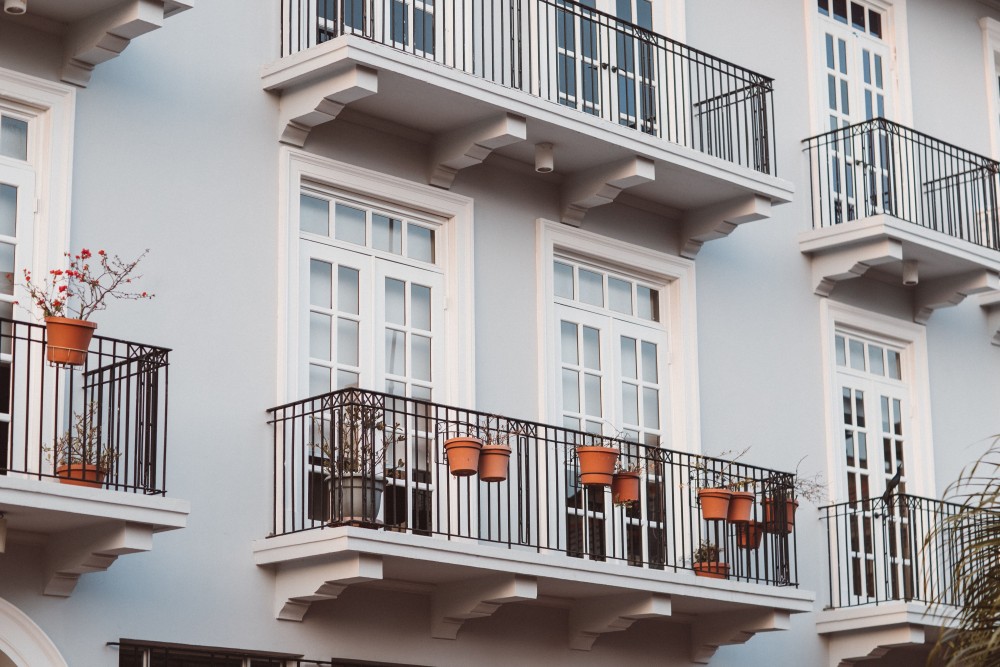Renters and landlords face uncertain future during pandemic

Dennis Schvejda, a landlord who owns two apartment buildings with 16 units in Walton, New York, was worried as May began. After expenses—which include maintenance, utilities, and taxes—his taxable apartment income is about $115 a week, he said. With the US facing unprecedented job losses and the steepest economic reversal since the Great Depression, he didn’t know if the May rents would be coming. If not, he said, he would have been forced to sell.
To Schvejda’s surprise, May rent was better than April. All but two of his tenants were able to fully pay their rent on time, and one tenant made a late payment for April as well.
While employers cut 20.5 million jobs in April, most apartment renters nevertheless managed to pay the May rent, according to figures released by the National Multifamily Housing Council. By May 6, renters had failed to pay rent for only 19.8 percent of the nation’s 11.5 million apartment units. That’s a surprising figure: despite the double-digit unemployment rate, May 2020 rent payments roughly line up with May 2019.




